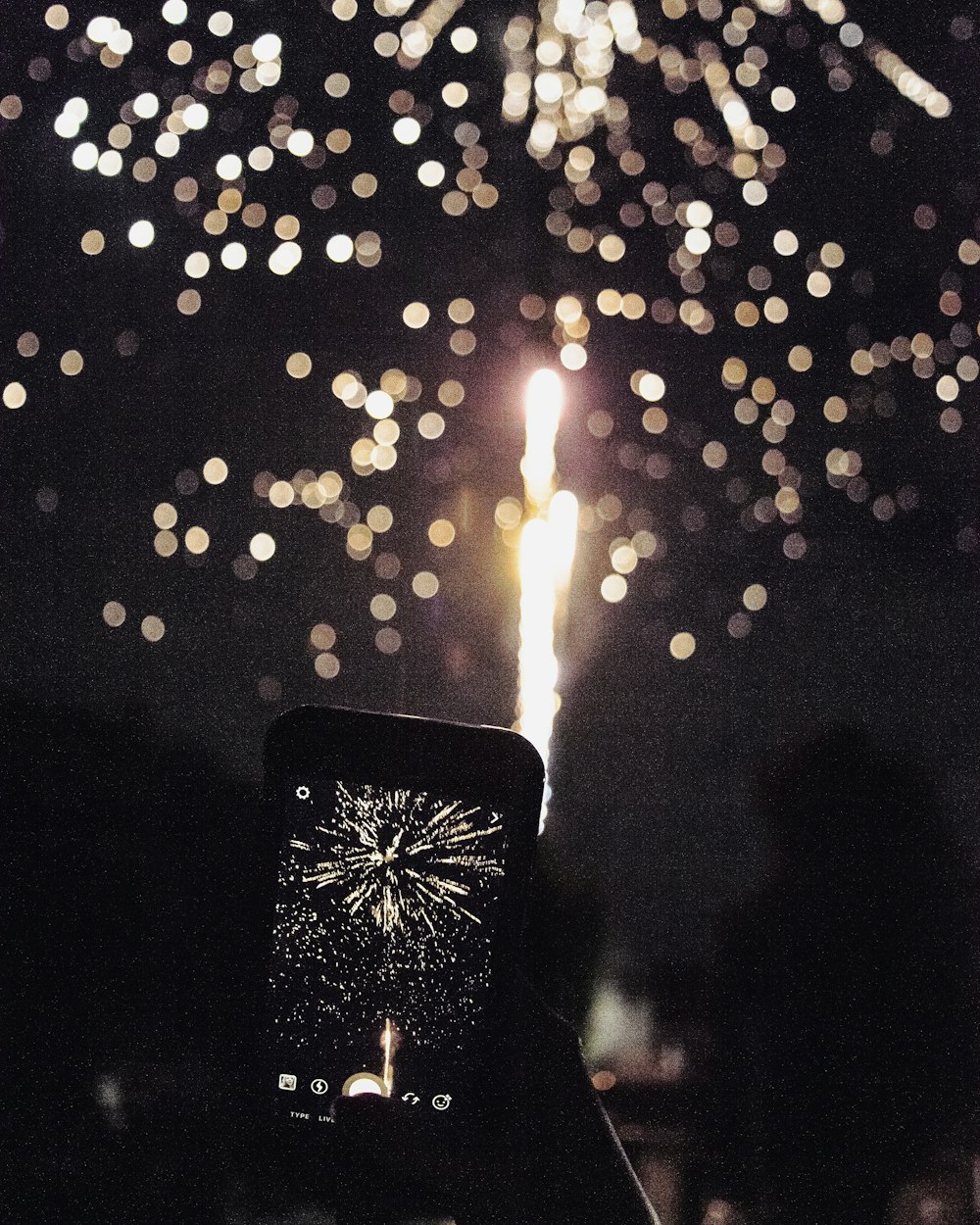Introduction
The English language, with its rich tapestry of words and phrases, offers a multitude of ways to express the concept of "three." From its basic numerical representation to its symbolic significance and usage in idioms, "three" is a versatile word that transcends mere arithmetic. In this article, we will delve into the various ways "three" is used in English, examining its linguistic roots, cultural connotations, and idiomatic expressions.
The Numerical "Three"
The most straightforward use of "three" is as a cardinal number, denoting the quantity of three items. It is one of the first numbers children learn and is fundamental to counting and basic arithmetic. The word "three" is derived from the Old English "þrēo" or "þrīa," which in turn comes from the Proto-Germanic "*þrewą." This Proto-Germanic root is also the source of the words for "three" in other Germanic languages, such as "drei" in German and "tre" in Norwegian.
Cultural Significance of "Three"
In many cultures, the number three holds a special significance. It is often associated with completeness, harmony, and balance. For instance, in Christianity, the Holy Trinity—Father, Son, and Holy Spirit—represents the threefold nature of the divine. In ancient Greek philosophy, the Pythagoreans considered the number three to be the first true number, as it is the first number to which the feminine even number can be added to produce another even number (3 + 2 = 5).

In literature and storytelling, the number three is frequently used to structure narratives. The "rule of three" is a principle in writing and rhetoric that suggests that ideas are more memorable and persuasive when they come in threes. This can be seen in the structure of fairy tales, where characters often face three challenges or receive three wishes.
Idiomatic Expressions Involving "Three"
The English language is replete with idioms that incorporate the word "three." These expressions often use "three" to convey a sense of plurality or to emphasize a point. Here are some examples:
"Three" in Literature and Poetry
The number three has also been a favorite of poets and authors, who use it to create rhythm and structure in their works. In poetry, tercets (three-line stanzas) are a common form, as seen in the works of Dante Alighieri in "The Divine Comedy." In literature, trilogies are a popular format for series of books, such as J.R.R. Tolkien's "The Lord of the Rings" and George R.R. Martin's "A Song of Ice and Fire."
"Three" in Science and Technology
The number three has practical applications in science and technology as well. For example, in computer science, the ternary numeral system is a base-3 system that uses three symbols. In physics, the three-body problem is a classic problem in classical mechanics that involves predicting the motion of three celestial bodies under the influence of gravity.
"Three" in Everyday Language
Beyond its numerical and cultural significance, "three" is a word that is deeply ingrained in everyday language. It is used to describe the time (three o'clock), to quantify (three apples), and to express relationships (third cousin). It is also used in compound words, such as "three-dimensional" or "threefold," to convey the idea of depth or multiplication.
Conclusion
The word "three" is a linguistic chameleon, adapting to various contexts and meanings in the English language. From its numerical roots to its cultural and idiomatic expressions, "three" is a word that enriches our communication and understanding of the world around us. Whether we are counting, telling stories, or simply conversing, the number three plays a pivotal role in how we express ourselves and connect with others.
In conclusion, the versatility of "three" in English is a testament to the depth and complexity of language itself. As we continue to explore and use this word in our daily lives, we are reminded of the power of language to shape our thoughts, our stories, and our world.
Good Afternoon in English:A Cultural and Linguistic Exploration
Culinary Culture:Exploring the World of C Foods in English
Saying Its Time to Eat in English:A Cultural and Linguistic Exploration
Unlocking the World of Libraries:How to Say Three Libraries in English
Exploring the World of Sports:A Comprehensive Guide to English Terminology in Athletics
Unlocking Passion:The Power of Loving to Do Something in English
Stadiums:The Heart of Sports and Culture A Deep Dive into Their History,Architecture,and Impact
Mastering the Art of Management Engineering in English:A Practical Guide
Gym:Unraveling the English Pronunciation and Exploring Its Origins